Earlier this week I collected a plankton sample and settled down for a day of microscopy. For a variety of reasons it was my first foray into actual biology for the month of June, and I just wanted to feel like a marine biologist for a while.
As far as plankton samples go, there wasn’t a lot to write home about. The large centric diatoms that we had seen in the spring were much less abundant, although there was quite a bit of the pennate diatom Pseudonitzschia. Part of the reason I did the plankton tow was to have something to look at under the microscope and to practice taking photos. There are all sorts of gadgets that allow one to use a phone to take photos through the microscope, but I’ve found those to be either specific to one phone model or too fiddly and frustrating to get properly lined up. Besides, when I bought my microscope several years ago now I had the foresight to splurge for the trinocular head, which allows me to mount a real camera and leaves both eyepieces available to look through. Might as well take advantage of it!
So, I just took a bunch of photos.
First up was a chain diatom in the genus Chaetoceros. Phase contrast lighting might not have been the best option here, but oh well. Chaetoceros cells are box-shaped, with a spine protruding from each corner of the box. Aside: ‘chaeto’ means ‘hair’ or ‘bristle’ in Greek. The spines of adjacent cells sort of interlock and hold the cells together, forming the chain. Spines also provide some defense against predation.
Many species of Chaetoceros form straight chains like this.
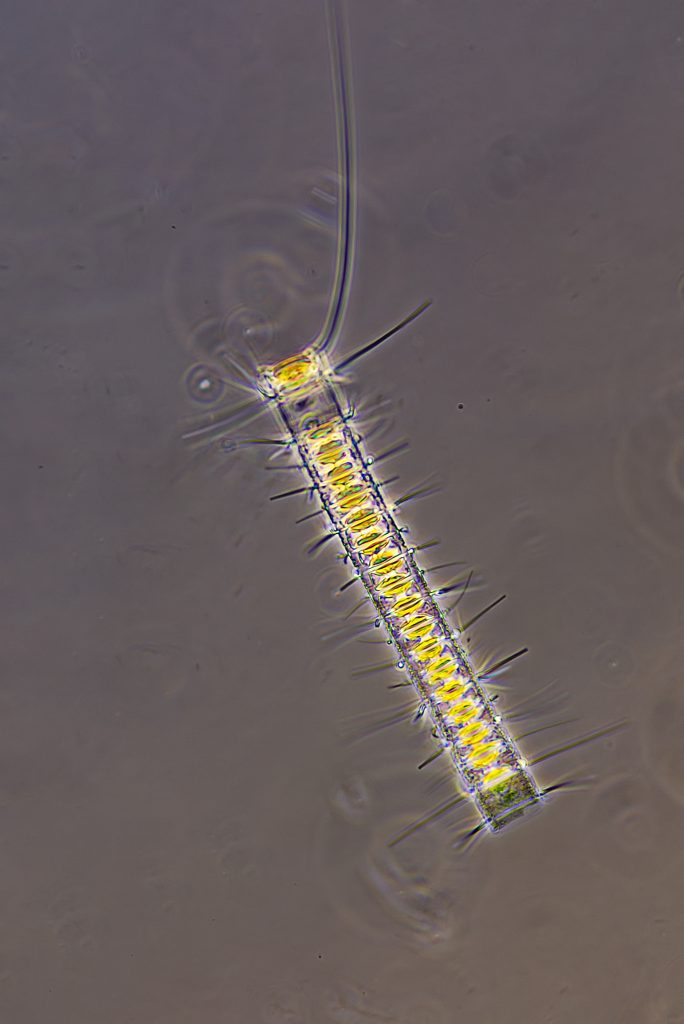
2024-06-24
©Allison J. Gong
But one species, Chaetoceros debilis, forms spiral chains!
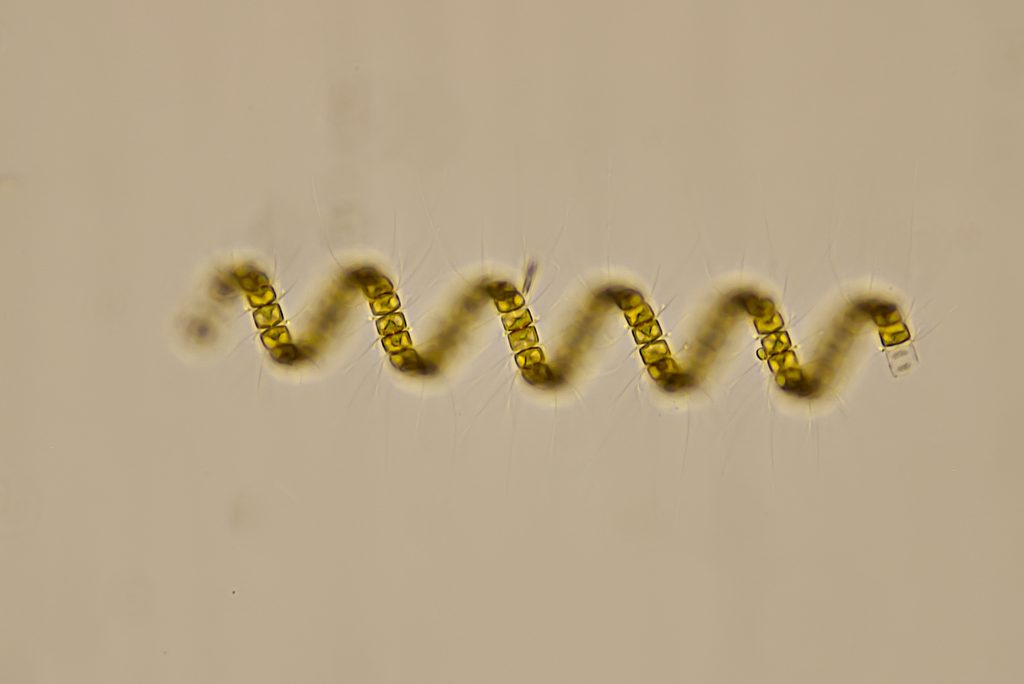
2024-06-24
©Allison J. Gong
Earlier in the spring there were a lot of Coscinodiscus diatoms in the local plankton. Those are the big button-like diatoms with the sculpted frustule. They aren’t nearly as common now, but I did see a few. And managed to get a nice shot of one:
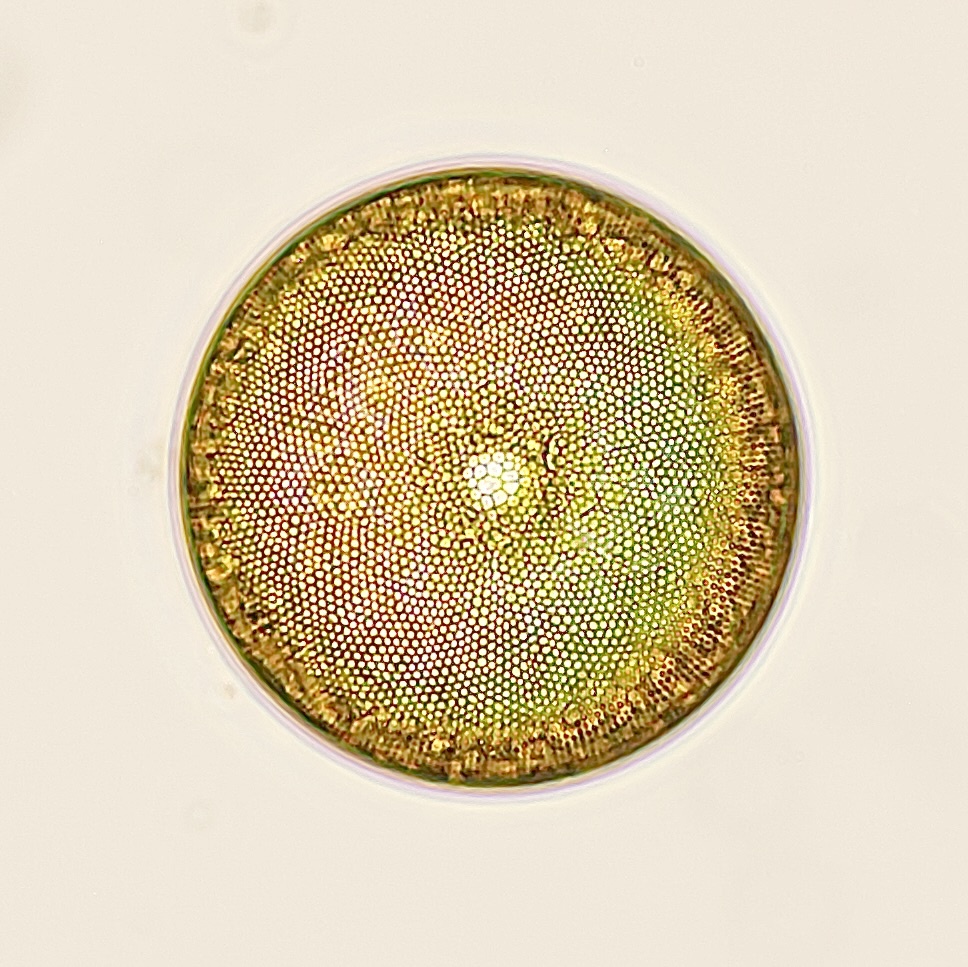
The star of the show was Thalassiothrix, another diatom in which the ends of cells cells remain connected after dividing. Instead of forming chains as Chaetoceros does, Thalassiothrix makes colonies that are either zig-zag or star-shaped. It just so happens that this organism looks especially brilliant under darkfield lighting, so I was very happy.
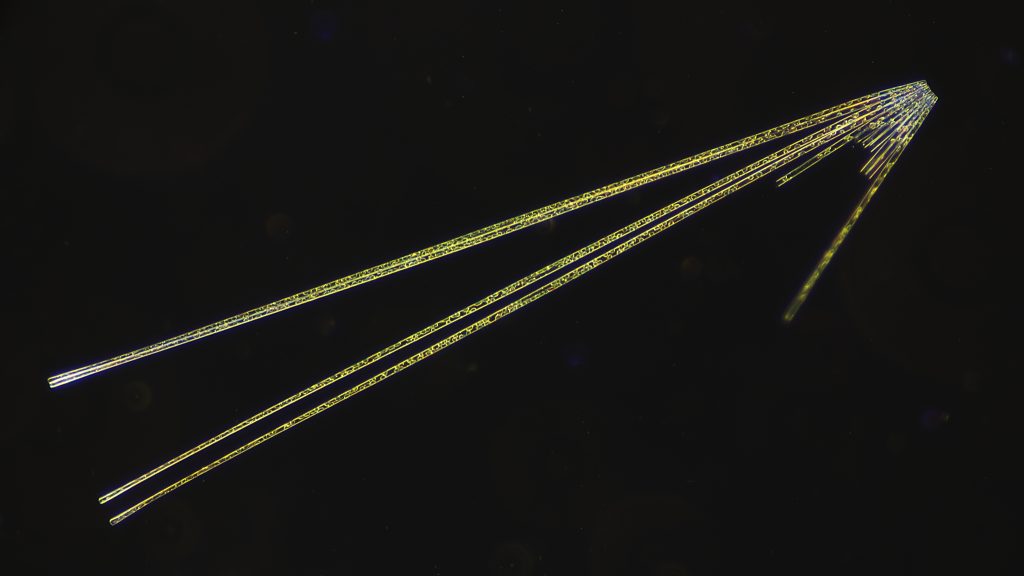
2024-06-24
©Allison J. Gong
But take a look at this symmetry:
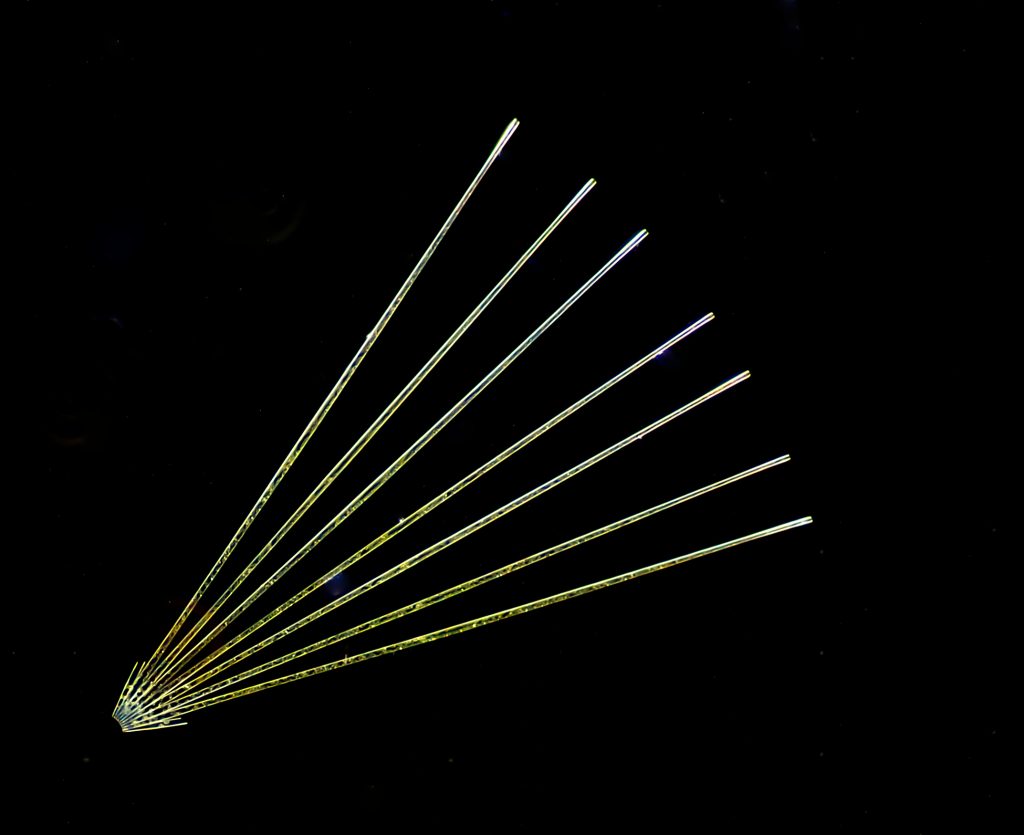
2024-06-24
©Allison J. Gong
Isn’t that a spectacular organism? I had a lot of fun developing and processing that image, and am happy at how well it turned out. Darkfield lighting is fun to play with!
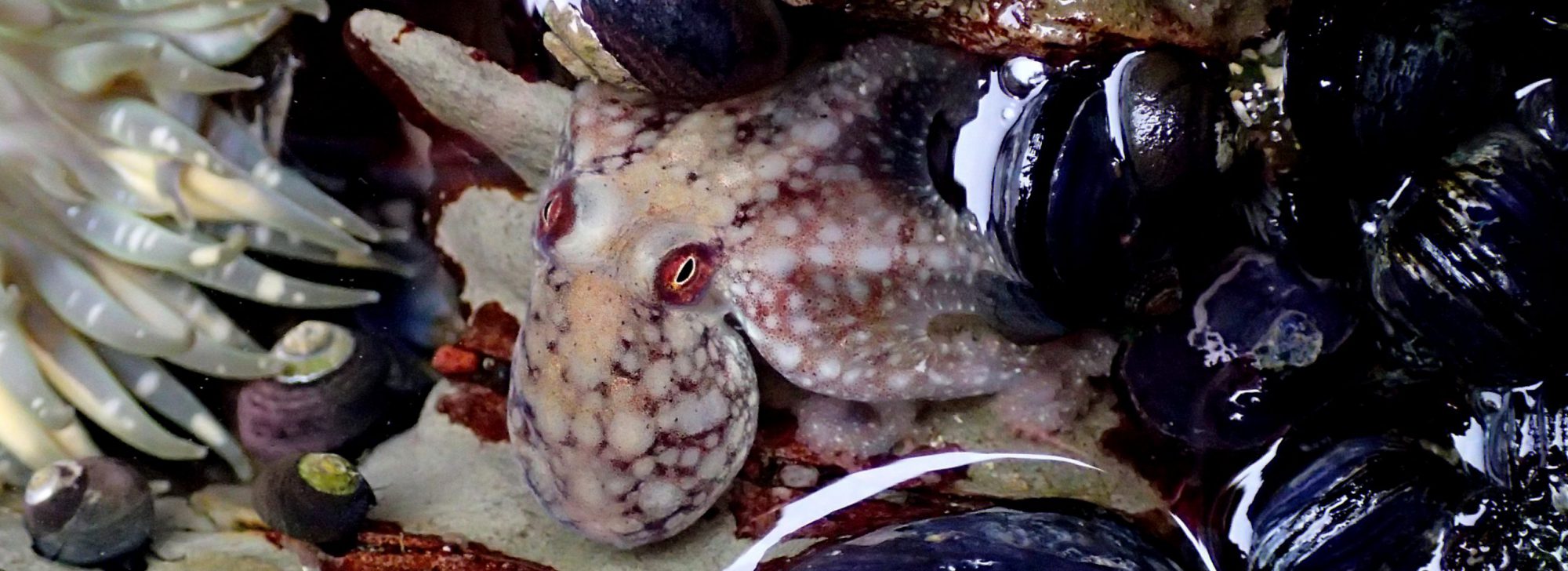
I think you postings are always amazing and I learn a lot, thank you !!
You are very welcome, Patrick!
Amazing effects and outstanding detail; I’d say it was a good experience!